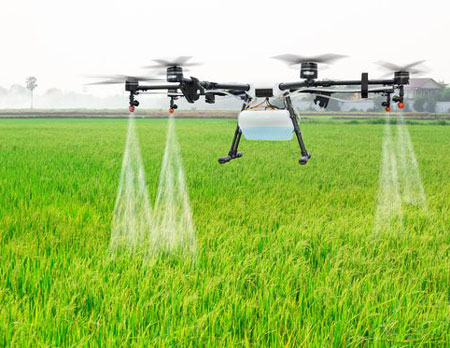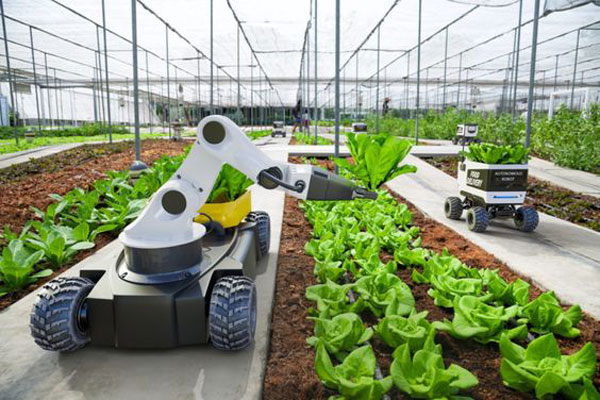Crops
Cauliflower

Cauliflower
Cauliflower (Brassica oleracea var. botrytis) is a popular and highly nutritious vegetable widely cultivated in India. Known for its distinct flavor and numerous health benefits, it is an essential crop for many farmers across the country.
Soil Requirements
Type: Well-drained loamy or sandy loam soil is ideal.
pH Range: 6.0 to 7.5 for optimum growth.
Fertility: Rich organic matter with a balanced nutrient profile is essential.
Drainage: Good drainage is crucial to avoid waterlogging, which can cause root diseases.
Climate Requirements
Temperature: Ideal temperature range is 15°C to 20°C. High temperatures can cause poor curd formation and development.
Sunlight: Moderate sunlight exposure is preferred.
Humidity: Moderate humidity is favorable for healthy growth.
Growing Seasons in India
Cauliflower is grown in three distinct seasons:
1. Early Season: Sown in May-June, harvested from August-September.
2. Main Season: Sown in July-August, harvested from November-January.
3. Late Season: Sown in September-October, harvested from February-March.
Major Producing States in India
West Bengal: The leading producer of cauliflower in India.
Bihar: Significant contributor to the national output.
Uttar Pradesh: Known for extensive cauliflower farming.
Haryana and Punjab: Major contributors to winter cultivation.
Madhya Pradesh: Emerging as a cauliflower-producing state.
Cauliflower cultivation is a rewarding venture when managed with the right soil, climate, and seasonal care. Its wide adaptability and demand make it a crucial vegetable crop in India. By adopting advanced farming practices and proper nutrient management, farmers can ensure higher yields and better profitability.
Blog
Explore Our Blog
About Us
Welcome to Agriplaza
Welcome to Agriplaza. India's first and only comprehensive digital platform dedicated to agriculture and farmers. Explore widest range of related data our figures speaks a lot.
718569
Visitors
239
Diseases
131
Pests




